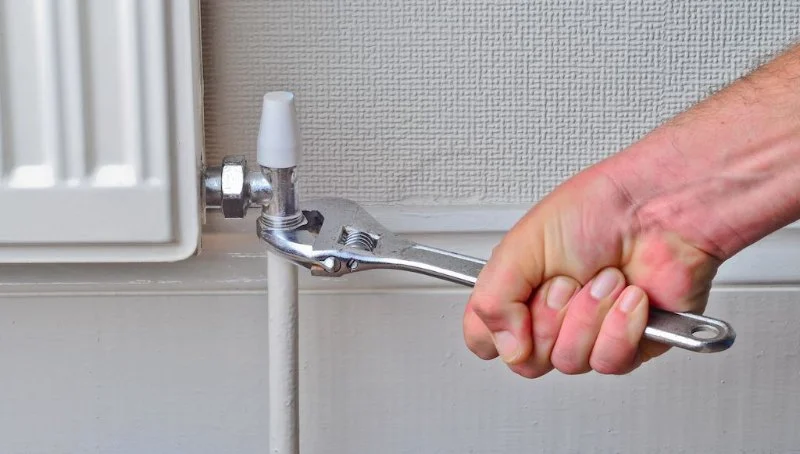
- why-your-pipes-rattle-at-night-and-what-to-fix—understanding-the-real-cause
- why-your-pipes-rattle-at-night-and-what-to-fix—water-pressure-changes-and-thermal-effects
- why-your-pipes-rattle-at-night-and-what-to-fix—loose-mounts-valves-and-mechanical-factors
- why-your-pipes-rattle-at-night-and-what-to-fix—real-examples-showing-how-small-issues-become-big-problems
- why-your-pipes-rattle-at-night-and-what-to-fix—practical-solutions-and-where-to-find-help
1. Understanding the Real Cause Behind Nighttime Pipe Rattling
For many homeowners across the United States, the quiet of nighttime often makes plumbing noises seem louder and more unsettling. When pipes rattle late at night, it’s rarely a coincidence. This issue usually stems from pressure shifts, temperature changes, or movement within the plumbing system. Because nighttime water usage drops substantially in most neighborhoods, fluctuations in municipal supply pressure can create sudden bursts of force in your household pipes.
Rattling doesn’t always signal an emergency, but it should never be ignored. A harmless vibration today can lead to damaged joints, leaks behind walls, or even water damage over time. Many Americans first notice these noises in older homes with aging copper or galvanized steel pipes, which expand and contract more noticeably. Understanding what triggers these sounds is the first step toward preventing long-term issues.
Homeowners often recall moments when the noise grew loud enough to disrupt sleep or worry them about structural issues. In one frequently shared online story, a family thought a burglar was breaking in—only to later discover their pipes were knocking violently due to extreme water pressure spikes. Stories like this highlight how unsettling the problem can feel before any diagnosis is made.
2. Water Pressure Changes and Thermal Effects
Water pressure variations are one of the most common causes of rattling. Municipal water lines experience a pattern: daytime usage is high, nighttime usage drops sharply. With fewer faucets open across the neighborhood, static pressure rises in the system. When someone in your home flushes a toilet or runs a faucet during these high-pressure moments, the sudden release can make pipes jump or vibrate.
2.1 High Pressure and Water Hammer Effects
“Water hammer” is the official name for that sharp banging noise that happens when water flow stops abruptly. The sudden pressure spike acts like a hammering force traveling through your pipes. Over time, water hammer can damage pipe connections and valves. Installing water hammer arrestors or adjusting your pressure regulator can significantly reduce these impacts.
2.2 Thermal Expansion and Contraction
Temperature changes also play a major role. Hot-water lines expand as they heat up and contract as they cool. When pipes rub against wooden framing or metal brackets, this movement creates clicking, popping, or rattling sounds. Thermal noise tends to be more noticeable at night because heating systems cycle off or slow down, allowing pipes to cool in silence.
2.3 Pressure Regulator Issues
If your home has a pressure regulator, it may be failing or improperly set. A malfunctioning regulator often leads to excessive household pressure, which in turn causes pipes to shake more violently. Homeowners sometimes discover this only after repeated nighttime noises become too loud to ignore.
3. Loose Mounts, Valves, and Mechanical Factors
Even when pressure and temperature are stable, the physical installation of pipes can lead to rattling. A pipe that isn’t secured properly has space to move whenever water flows. In older American homes—especially those built before the mid-1980s—pipe straps and brackets often loosen over time.
3.1 Unsecured or Aging Pipe Clamps
Loose or aging clamps allow pipes to vibrate freely. The vibration may seem minor at first, but as the gap widens, the noise intensifies. Many homeowners report that a simple tightening of brackets resolved noises they had tolerated for years.
3.2 Valve Problems That Create Noise
Faulty valves can create whistles, rattles, or vibrating hums. Partially closed or worn-out shutoff valves disrupt the smooth flow of water, leading to oscillating pressure. When these vibrations echo through metal pipes, the noise can travel across entire sections of the house.
3.3 Appliance-Related Vibrations
Dishwashers, washing machines, or water heaters cycling at night can trigger pipe movement, especially if supply lines are rigid metal instead of flexible hoses. Many Americans set their appliances to run overnight, unintentionally creating the very quiet environment where rattling becomes more noticeable.
4. Real Examples Showing How Small Issues Become Big Problems
Real-world cases shared online show just how quickly small plumbing issues can escalate. In one example from a U.S. homeowner’s forum, gentle late-night rattling eventually turned into a major leak behind a kitchen wall. The cause? A single loose pipe clamp combined with persistent water hammer over several months.
Another trending case involved a family who ignored thermal expansion noises for years—until one winter, the rattling escalated into a burst hot-water pipe. A repair professional later explained that the pipe had been rubbing against a joist repeatedly, slowly wearing down the metal.
These examples highlight a simple truth: pipe noises are early warning signs. When homeowners treat them as background annoyances, they risk larger, costlier plumbing failures.
5. Practical Solutions and Where to Find Help
Fixing nighttime pipe noises usually starts with identifying whether the cause is mechanical, thermal, or pressure-related. Homeowners can take small steps—like gently testing shutoff valves, checking visible pipe mounts, or observing when the noise occurs—to narrow down the issue.
For pressure-related rattling, adjusting or replacing the pressure regulator can dramatically reduce noise. In homes with thermal issues, adding insulation sleeves or rubber padding around pipes helps cushion movement. For mechanical problems, tightening or replacing pipe mounts is often effective and affordable.
When the issue feels too complex, seeking professional support is the safest option. Platforms like Plumbers Supply Hub allow homeowners across the U.S. to explore tools, parts, service recommendations, and trusted plumbing professionals. This approach helps ensure that repairs are both accurate and long-lasting.
Nighttime pipe rattling may seem like a small inconvenience, but with the right attention and guidance, it becomes entirely manageable. Understanding the source and addressing it promptly can protect your home’s plumbing system for years to come.

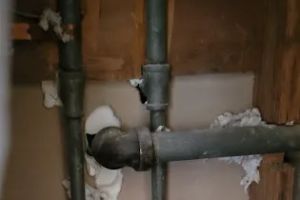

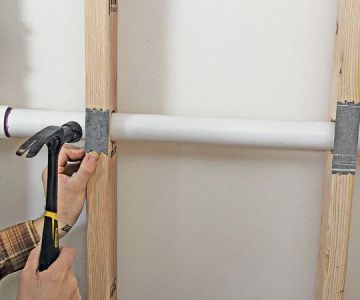
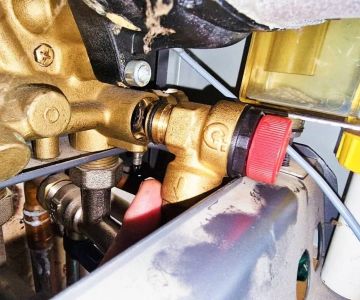

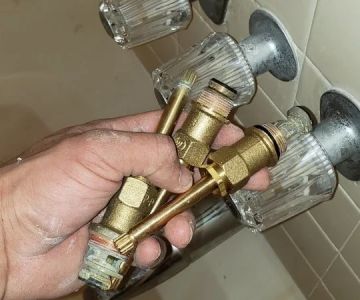
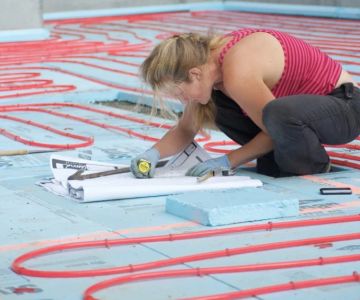
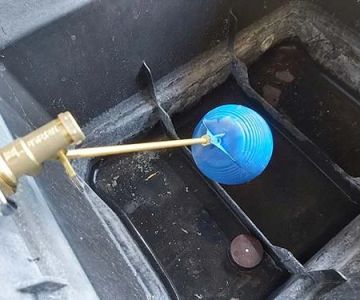
 Rex Ellis Plumbing & Septic5.0 (1 reviews)
Rex Ellis Plumbing & Septic5.0 (1 reviews) Double M Plumbing & Heating4.0 (11 reviews)
Double M Plumbing & Heating4.0 (11 reviews)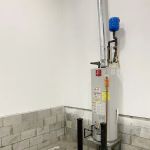 Jim Smith Plumbing5.0 (64 reviews)
Jim Smith Plumbing5.0 (64 reviews) Emergency Plumber Los Angeles //PHLA//4.0 (3 reviews)
Emergency Plumber Los Angeles //PHLA//4.0 (3 reviews) Velocity Drain Services4.0 (44 reviews)
Velocity Drain Services4.0 (44 reviews) McCarter & Son Plumbing4.0 (36 reviews)
McCarter & Son Plumbing4.0 (36 reviews)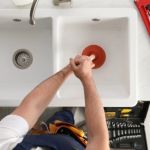 What to Do When You Hear Bubbling in Your Drains: Causes & Solutions
What to Do When You Hear Bubbling in Your Drains: Causes & Solutions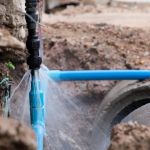 How to Temporarily Patch a Burst Pipe Until Help Arrives: A DIY Guide
How to Temporarily Patch a Burst Pipe Until Help Arrives: A DIY Guide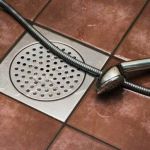 How to Replace an In-Wall Shower Drain
How to Replace an In-Wall Shower Drain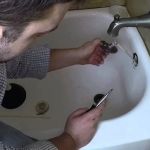 What to Do When Your Bathtub Drains Slowly: Solutions and Tips
What to Do When Your Bathtub Drains Slowly: Solutions and Tips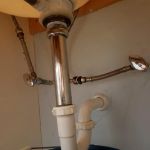 How to Replace a Sink Overflow Tube: A Complete Step-by-Step Guide
How to Replace a Sink Overflow Tube: A Complete Step-by-Step Guide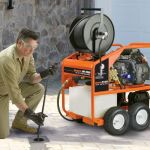 How to Use a Hydro Jet to Clear Tough Blockages
How to Use a Hydro Jet to Clear Tough Blockages